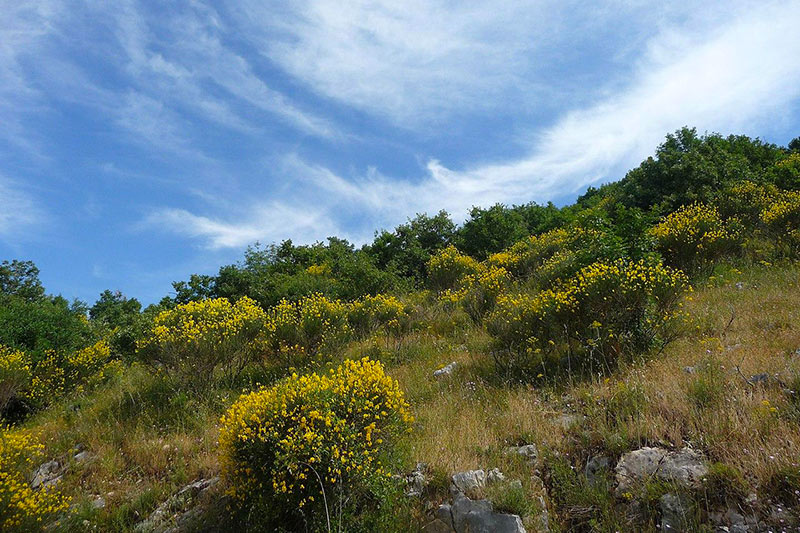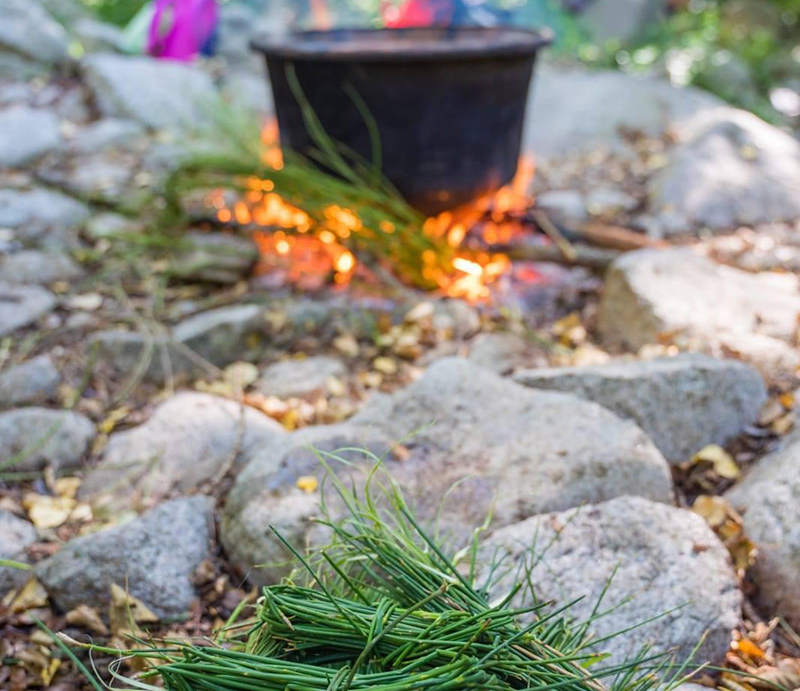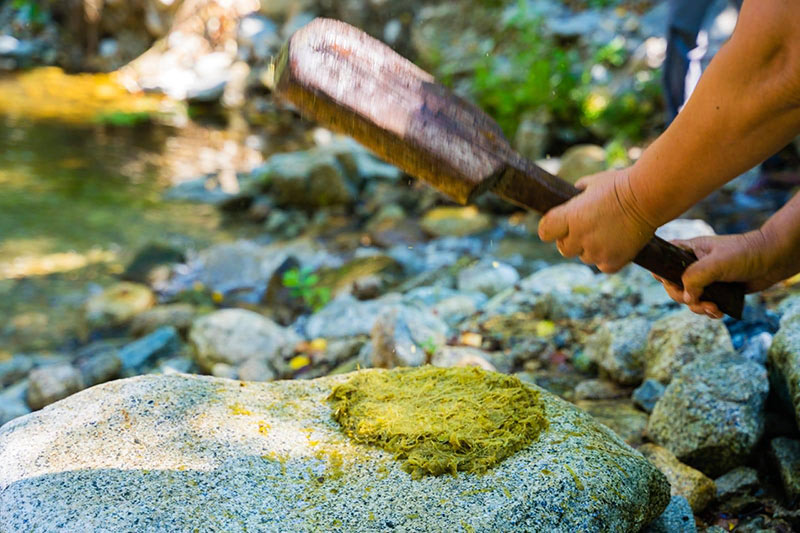SHARRYLAND

Where is

It has been sung about by poets such as Leopardi and d'Annunzio. It is a very strong plant, capable of growing in adverse environments, but not only. To its determination it adds a cheerful yellow color, and an unmistakable scent that gladdens the soul. In short, the broom is a fighter, but without sacrificing grace and beauty.
Historically, the use of broom in Italy stretched from Tuscany to the South, thanks to the plant's favorable temperate climate, and it saw its peak in the 1940s, when being unable to import textiles and raw materials from abroad, due to the war, it came to be produced in quantity. In particular, the process that led from the broom to the yarn found fortune in Calabria, where it encountered another equally ancient tradition, that of loom weaving. And it is here that this fabric, long forgotten, has begun to attract renewed interest, in part because of its qualities.
 Broom shrubs
Broom shrubsPerhaps it was the stubborn nature of broom that made it stand out in the eyes of farmers looking for a material to produce durable textile fibers. And so it was that these shrubs growing in Plati's countryside and mountains were collected by the local community. This excursion to hunt for broom branches is the first step in a long process--because broom is stubborn, it does not give up so easily.
The next step was the women's turn: they gathered the tips of the plant to form bundles that they secured one by one with twine. At this time, the branches were still too difficult to work with. Thus, the bundles were placed in a copper pot filled with boiling water, and left there for about an hour. Afterwards, they were removed from the container, taken to the river and secured on the bank with stones. In this way, the running water washed and softened the branches for a whole week.
 Broom boiling
Broom boilingAfter soaking, the bark came off easily, allowing the women to strip the branches exposing the inner fiber. This was beaten with rods and pounded on river rocks so that the fibers could be released once and for all. They were then washed one more time, to bleach them, and finally dried. And there they were, at last, ready to be processed, or almost ready...the last touches were still missing: nailed to wooden boards, the fibers were combed and finally brought to form a wool-like mass. At this point, yes, the women could unsheathe their spindles and tame the fibers of the untamed broom into a strong yarn, perfect for weaving into mats, blankets and grain sacks.
 The beating of the fibers along the creek
The beating of the fibers along the creekSo much work for a mat-it sounds incredible, doesn't it? Who nowadays would put so much effort and spend so much time on such a process? Eh... someone actually is. The cummare, the local ladies, keep this traditional activity alive and introduce it to the curious, whether they want to hear their stories or try their hand at some of the steps of the process themselves. It must be a very special, engaging and, for sure, tiring experience! I bet those who have tried it never look at the mats with the same eyes again!



